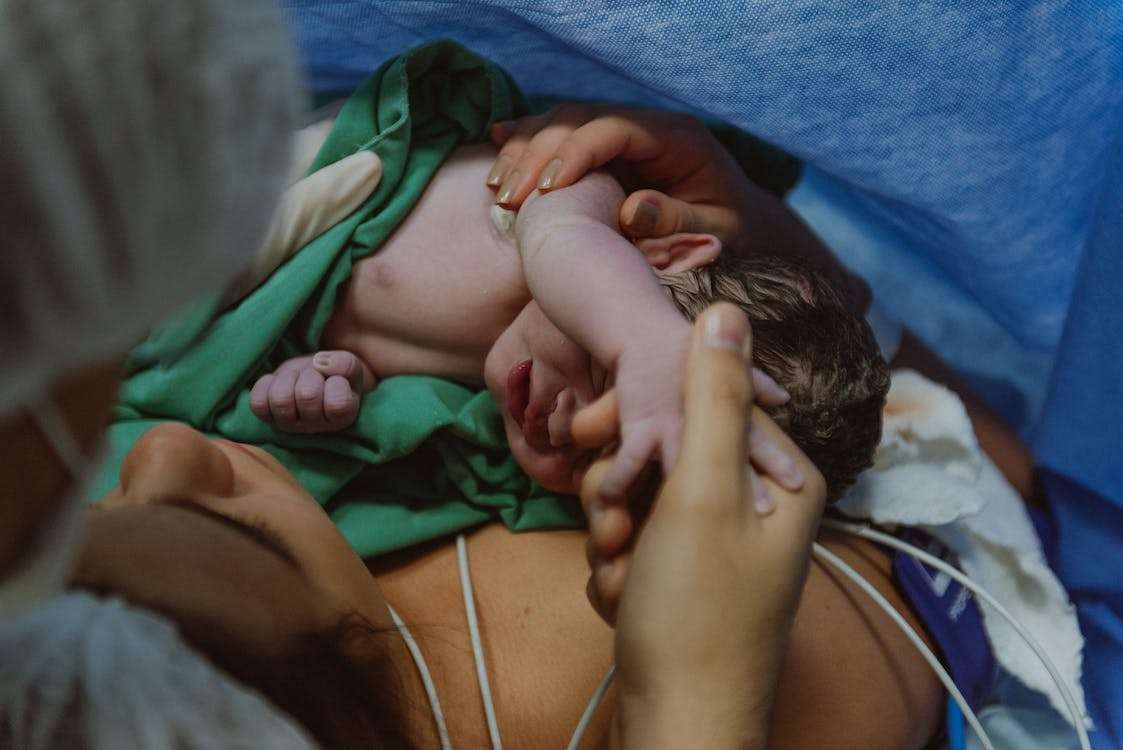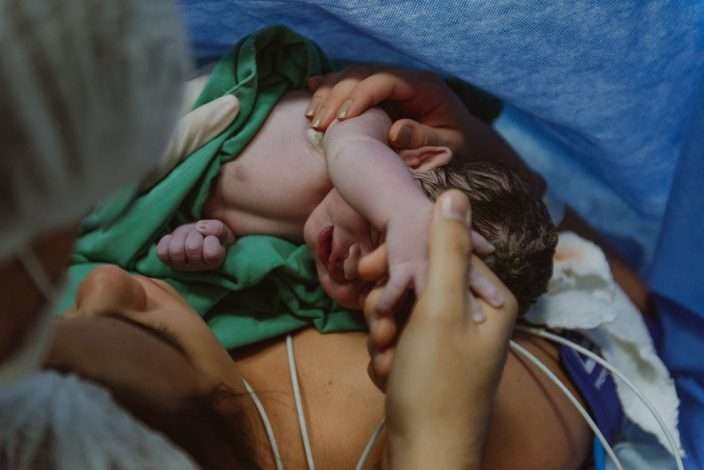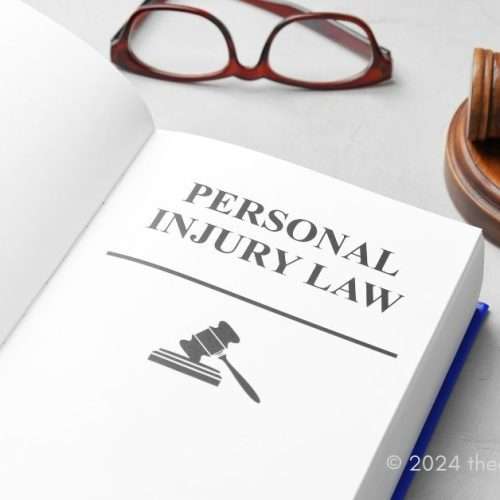The birth of a child is a profound moment in a parent’s life, bringing with it joy, anticipation, and sometimes, unexpected challenges. Birth injuries, though relatively rare, can introduce heartbreak and concern. Understanding the potential long-term consequences of these injuries is essential to equip families with the right knowledge, support, and resources.
Let’s discuss common birth injuries and their long-term implications.
Brachial Plexus Injury
A brachial plexus injury occurs when the nerves near the neck, responsible for controlling the muscles in the arms and hands, are damaged. One common type of this injury is Erb’s palsy. Children with Erb’s palsy may experience weakness in one arm and improper movement.
This injury frequently occurs during birth, particularly if there is strain or pulling on the baby’s head. In most cases, gentle exercises or physiotherapy can be beneficial, but surgery may be considered in some instances. Additionally, medical malpractice can lead to brachial plexus injuries.
Medical malpractice occurs when a doctor, nurse, or other responsible health professional fails to provide the standard care expected of them. In such cases, parents may contemplate taking legal action. When dealing with legal matters of this nature, hiring an expert Erbs palsy lawyer becomes crucial. These professionals can guide families, assisting them in gaining compensation for the challenges faced.
Cerebral Palsy
Cerebral palsy is a condition where a person experiences difficulty in movement and maintaining balance due to brain damage. This damage typically occurs before birth, although instances during or shortly after birth can also occur. If a child has cerebral palsy, they may encounter challenges with basic activities such as walking or speaking.
Some individuals may face minor difficulties, while others may find many tasks challenging. Recognizing these signs is crucial, and providing assistance to the child at the earliest opportunity is important. This help can be in the form of physical therapy or the use of special equipment.
Commencing intervention early can significantly impact the individual’s ability to perform activities later in life. Unfortunately, there is no cure for cerebral palsy, but with proper care and attention, those affected can lead fulfilling lives.
Subconjunctival Hemorrhage
During the stress of childbirth, blood vessels in a baby’s eyes can break, leading to a subconjunctival hemorrhage. This results in a bright red band in the white part of one or both of the baby’s eyes. It’s essentially a bruise on the eye.
This condition doesn’t cause damage to the eyes, and it doesn’t interfere with the baby’s vision. In most cases, no treatment is needed, and the redness typically disappears within a week or ten days as the blood is absorbed.
However, it can be alarming for parents to see, so it’s essential for healthcare providers to offer reassurance and explain the condition.
Caput Succedaneum
When welcoming a new baby, you might notice their tiny head looking a bit swollen. This condition, known as caput succedaneum, is pretty common. The baby’s journey through the birth canal is quite snug, so some pressure on the head is natural.
This causes a bit of swelling, making their head appear soft or slightly puffy. Now, while most babies see this swelling reduce in a few days, there’s a small chance it could lead to jaundice, which gives the skin a yellowish tint.
As with all things related to newborns, it’s essential for parents to keep a watchful eye. If the swelling remains for longer or if the baby’s skin starts changing color, a quick chat with a pediatrician is wise.
Fractured Clavicle or Collarbone
A baby’s collarbone may fracture during childbirth, especially in breech deliveries or when there’s difficulty in delivering the baby’s shoulder. A fractured clavicle is one of the more common birth injuries.
Typically, the baby will show signs of pain and may cry when the affected area is moved or touched. Additionally, the baby might not move the arm on the side of the fracture. Over time, a bump may appear as the bone heals.
But the good news is babies’ bones are pretty amazing at healing. In most cases, the baby’s collarbone will heal on its own without intervention. Still, the doctor may recommend using a soft bandage or splint to keep the arm in place.
Facial Nerve Injury
During childbirth, doctors occasionally employ specific tools to assist in the delivery. One such instrument is the forceps. If these are not handled with precision, they can inadvertently damage the baby’s facial nerves.
Additionally, the natural pressure from the birth canal can also lead to facial injuries. As a result, parents might observe a slight asymmetry in their baby’s facial expressions, especially noticeable when the infant cries. Fortunately, in many cases, this condition improves naturally as the baby matures.
Nonetheless, in more severe instances, medical intervention may be necessary. Professionals might recommend treatments ranging from targeted therapy to surgery to restore the child’s facial movements to their full potential.
Perinatal Asphyxia
Birth is a critical time for a baby. Sometimes, during this process, a baby doesn’t get enough oxygen. This situation is called perinatal asphyxia. When this happens, the baby might have trouble breathing or could even have seizures.
Parents and doctors need to be vigilant. As time goes on, the child might have trouble with learning or thinking because of the oxygen shortage they faced at birth. But there’s hope. Starting help early is key.
With the right kind of therapy and support, many kids can overcome some of these challenges.
Intracranial Hemorrhage
A baby’s brain is incredibly sensitive and delicate. Regrettably, in some situations, this vital organ may experience internal bleeding, a condition known as intracranial hemorrhage.
But what causes it? One major factor is premature birth. Babies born before their expected due date have a higher risk of this complication. Medical professionals need to identify and act upon this condition swiftly.
Delays in treatment can lead to significant developmental challenges for the child. These challenges could mean the child takes longer to learn certain skills or even develops conditions like cerebral palsy.
Spinal Cord Injuries at Birth
The mere thought of spinal cord injuries during birth is deeply unsettling for any parent. How do these injuries occur? They can result from excessive pulling or the aggressive use of instruments like forceps during delivery. Such injuries have profound implications.
Some affected infants may experience paralysis, losing mobility in certain body parts. Consequently, lifelong specialized care becomes essential. This involves consistent medical check-ups, dedicated therapies, and access to adaptive tools.
Conclusion
Birth injuries, though distressing, vary in severity and cause. From pressure during delivery causing head swelling to misused tools leading to facial nerve issues, each situation demands attention. Babies can have red eyes due to vessel breaks, while severe conditions might affect the spinal cord or brain.
Many issues resolve naturally, but some necessitate long-term care. Parents should always stay observant, seek medical advice when concerned, and remember that early intervention often makes a difference. It’s vital to have open communication with healthcare providers to ensure the child’s best health outcomes.
We are not doctors and this is in no way intended to be used as medical advice and we cannot be held responsible for your results. As with any product, service or supplement, use at your own risk. Always do your own research before using.
We are not lawyers and this is in no way intended to be used as legal advice . We cannot be held responsible for your results. Always do your own research and seek professional legal help.
Travel Lover | Pet Mama | Beauty Junkie | Low Glycemic – Healthy Fats – Low Carb – Keto Inspired Food Enthusiast | Cocktails | Printables
I am a stay-at-home- mom, living in KY with my husband and children. I’m a travel and lifestyle blogger encouraging folks to live their life one adventure at a time while also focusing on beauty, essential oils and health. From time to time I also like to showcase my adorable pets along with my family. Along with Cinnamon Hollow I can be found at The Martin Family Adventure … read more







